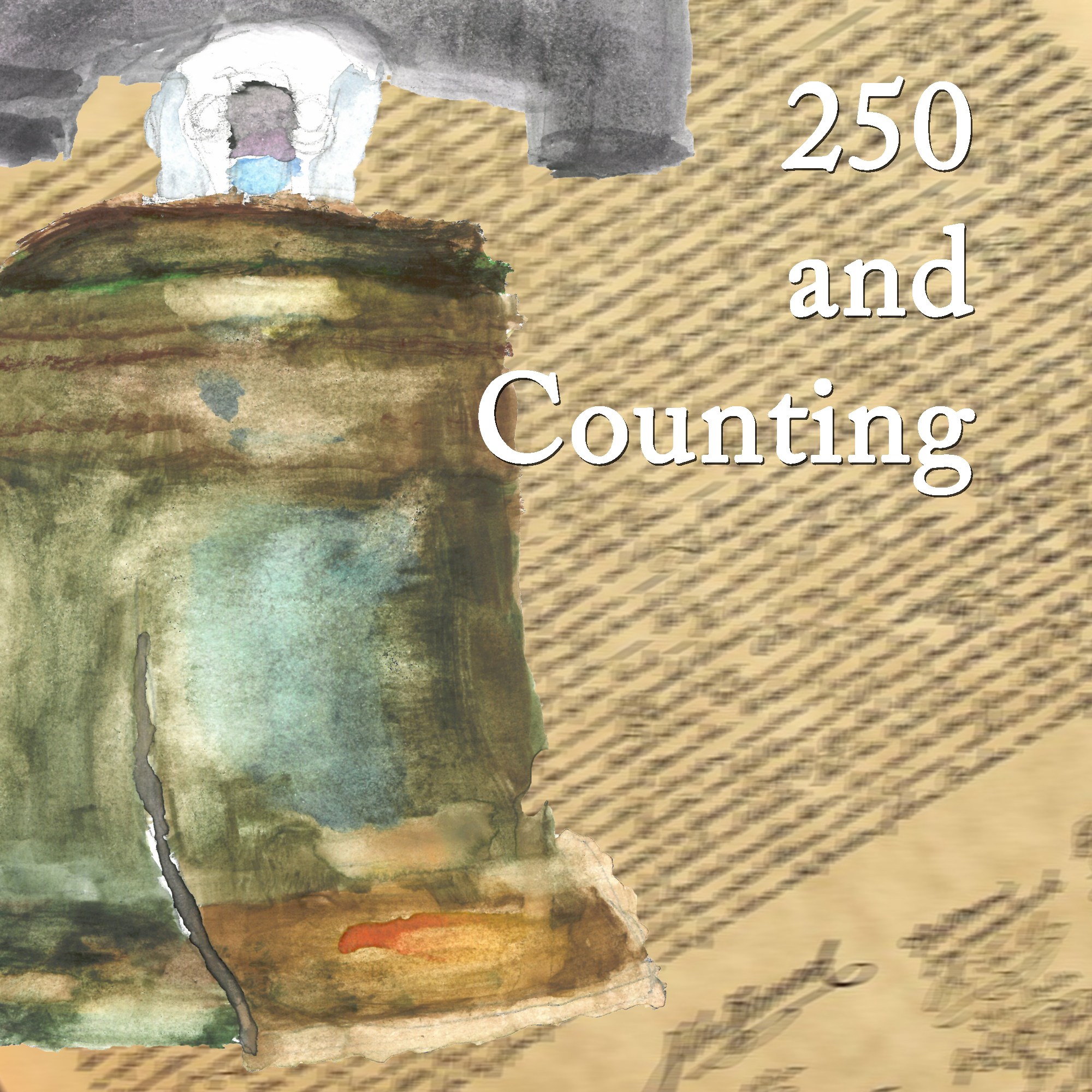
When the war first started, the Continental Army took on all comers, largely because they didn’t have a lot of choice. Frankly, they needed whatever bodies they could get.
But it was around this time in 1775 that George Washington and his advisers decided that they could afford to get choosier about their recruits, So they decided not to take on any more Black soldiers. What’s more, soldiers who were already there would not be permitted to re-enlist.
Eventually—in a couple of years—they’d reverse their stance, for the same reason they took on the Black soldiers in the first place. They were getting low on manpower,
Podcast: Play in new window | Download | Embed

![Cover art for October 6, 1775: Seal of the Commonwealth of Massachusetts. Basic design adopted by Governor John Hancock and the Council on December 13, 1780 [1], present design adopted in 1901, rendered by E.H. Garrett](https://250andcounting.com/wp-content/uploads/2025/10/1775-10-06-cover-1024x984.jpg)







